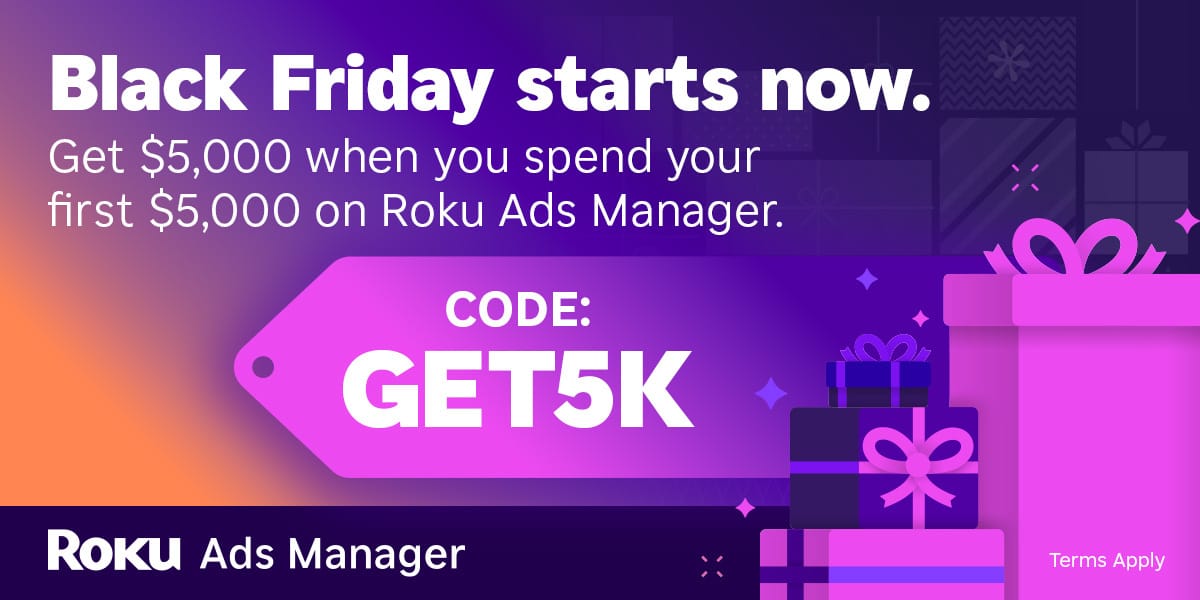Digital advertising was once locked up by two titans, while TV ad budgets drifted online through disconnected channels and new privacy laws threatened targeted marketing. Enter The Trade Desk, an independent player that turned these disruptions into opportunity by offering brands a unified, privacy-friendly way to reach audiences beyond the walled gardens.
We’re working on something new, but before we start building, we’d love your input.
What do you most want to see from us?
📊 Snackable Stat: 95% Client Retention for Over a Decade
In other words, once advertisers start using The Trade Desk’s platform, nearly all of them stick around year after year. Such loyalty is practically unheard of in ad tech and speaks to the value advertisers see in this independent alternative.
Here’s what you’ll learn:
How Google and Meta’s duopoly, the shift to streaming, and privacy crackdowns created “a perfect storm” in the ad market
How to profit from fragmentation through simplifying complexity
How to leverage independence and neutrality to create competitive moats

Ad-land’s Perfect Storm
For most of the 2010s, Google and Facebook (now Meta) dominated digital advertising so completely that insiders called them the "duopoly." As recently as 2022, the two captured 48 percent of all U.S. online ad revenue. Their dominance drew antitrust scrutiny but left advertisers with few alternatives.
Meanwhile, audiences were abandoning traditional TV for streaming video. Linear TV plummeted to just 12.4 percent of global ad spending in 2025, down from 41 percent in 2013. Ad budgets followed viewers to streaming platforms. By 2025, 56 percent of marketers planned to boost their connected TV budgets.
But streaming created a new problem: fragmentation. Ad inventory scattered across dozens of platforms with no unified buying tools. Advertisers once buying from a few TV networks now negotiated separate deals with Hulu, Roku, Peacock, YouTube, and more. The complexity kept advertisers on the sidelines. Eighty-eight percent of local U.S. advertisers didn't buy a single digital video ad in 2024, despite lower costs and better targeting. The market desperately needed a simpler way to buy streaming inventory at scale.
Privacy changes made everything harder. Europe's GDPR and California's CCPA limited data sharing. Apple's App Tracking Transparency blocked how apps tracked users. Third-party cookies began disappearing from browsers. These changes crippled targeting capabilities that advertisers relied on for decades. Meta said Apple's privacy changes alone cost it $10 billion in 2022.
Advertisers faced a perfect storm. Google and Meta still dominated but offered closed ecosystems. Streaming audiences were fragmented across countless platforms. Privacy rules eliminated key targeting tools. The digital ad world needed someone who could unify the open internet, simplify cross-platform buying, and work within new privacy constraints.
Find your customers on Roku this Black Friday
As with any digital ad campaign, the important thing is to reach streaming audiences who will convert. To that end, Roku’s self-service Ads Manager stands ready with powerful segmentation and targeting options. After all, you know your customers, and we know our streaming audience.
Worried it’s too late to spin up new Black Friday creative? With Roku Ads Manager, you can easily import and augment existing creative assets from your social channels. We also have AI-assisted upscaling, so every ad is primed for CTV.
Once you’ve done this, then you can easily set up A/B tests to flight different creative variants and Black Friday offers. If you’re a Shopify brand, you can even run shoppable ads directly on-screen so viewers can purchase with just a click of their Roku remote.
Bonus: we’re gifting you $5K in ad credits when you spend your first $5K on Roku Ads Manager. Just sign up and use code GET5K. Terms apply.

How Independence Became Infrastructure
The Trade Desk entered the digital ad market with a clear differentiator: complete neutrality. Unlike Google or Meta, it owns no media and sells no ad space of its own. It operates purely as a demand-side platform, helping advertisers buy across the open internet. While tech giants built walled gardens, The Trade Desk positioned itself as the independent alternative, connecting advertisers with thousands of publishers competing for their budgets.
This neutrality became its competitive advantage. Advertisers embraced the platform because it had no conflicts of interest and no incentive to favor one publisher over another. By 2023, The Trade Desk processed 13 million ad queries per second and captured 25.8 percent of the global DSP market. The platform integrated over 1,200 machine learning models to optimize campaigns at massive scale.
Performance drove adoption. The company's AI-powered platform, Kokai, delivered measurable results. Campaigns running through Kokai achieved 24 percent lower cost per click and 27 percent lower cost per acquisition on average. The system reached 92 percent AI-powered targeting accuracy. These results made The Trade Desk essential for marketers seeking efficient reach beyond Google and Meta.
The company also solved the privacy problem. Its Unified ID 2.0 system replaced cookies with encrypted, consent-based identifiers tied to email addresses. UID2 preserved precise targeting while respecting user privacy and complying with new regulations. By 2023, over 200 million authenticated users adopted the system. Major partners like Warner Bros. Discovery, Walmart, and Disney integrated UID2 into their advertising operations. CEO Jeff Green predicted UID2 could become more universal than cookies ever were.
With neutrality, proven AI performance, and privacy-safe identity solutions, The Trade Desk became the platform of choice for the open internet. As walled gardens closed their ecosystems further, The Trade Desk built the bridge connecting premium brands with audiences everywhere else.

Winning the Open Internet
The results speak for themselves. By 2024, advertisers spent $12 billion through The Trade Desk's platform, generating $2.4 billion in revenue, a 26 percent jump year over year. The company has grown over 20 percent quarterly for years and remains highly profitable. Its client retention rate exceeds 95 percent annually for eleven consecutive years, exceptional in an industry known for vendor switching. Major ad agencies and global brands now treat The Trade Desk as essential infrastructure for media buying.
Connected TV drove much of this growth. CTV is digital advertising's fastest-growing segment, projected to reach $33.35 billion in 2025 and surpass traditional TV ad spending by 2028. The Trade Desk captured this wave by enabling advertisers to buy across multiple streaming services through one platform. When Disney, NBCUniversal, and other media giants began selling streaming inventory programmatically, The Trade Desk powered many transactions behind the scenes. By Q4 2024, CTV represented nearly half of The Trade Desk's business. Even as Amazon and Netflix build their own ad systems, The Trade Desk remains the leading independent option for cross-platform streaming reach.
The company also thrived as privacy regulations tightened. Its Unified ID 2.0 system gave advertisers cookie-free targeting that respected user consent. Publishers like BuzzFeed and The Washington Post adopted it. The Trade Desk also supports contextual targeting, which 41 percent of marketers now favor as their primary solution to signal loss from disappearing cookies and stricter privacy rules.
Founded in 2009, The Trade Desk became an advertising powerhouse without owning media or consumer platforms. Its rise teaches a clear lesson: when dominant players control closed ecosystems, the market rewards whoever builds the best neutral infrastructure. By staying independent, The Trade Desk captured ad dollars flowing to streaming, audio, and gaming. The duopoly's grip is loosening, and The Trade Desk positioned itself at the center of a more open digital advertising future.
Here are the takeaways you can apply:
Independence can be a strategic moat. When markets consolidate around a few dominant players, positioning as the trusted neutral platform can attract both sides of the ecosystem. Neutrality beats ownership in consolidated markets.
Transparency builds lasting loyalty. In complex or opaque industries, being the player that shows clear value and fair pricing creates unusually high client retention, even when competitors are bigger.
Adapt early to compliance before regulation forces it. Privacy laws and platform changes crippled rivals, but The Trade Desk turned compliance into innovation with tools like UID2
Platforms that simplify fragmentation win. As media splintered across streaming, with local advertisers avoiding the complexity entirely, The Trade Desk’s unified platform made media buying across dozens of platforms simple, becoming indispensable. Whenever customers face too many disconnected options, the integrator gains power.

Unpredictable revenue is killing your business, but here’s how to fix it.

You can't plan when you can't predict. Unpredictable cash flow doesn't just stress you out, it prevents strategic growth, limits hiring, and forces reactive decisions that hurt long-term profitability. The Value Engine Blueprint gives you the structure to transform chaotic revenue into consistent, predictable income streams.
You’ll get the exact frameworks to identify and optimize revenue opportunities, build customer loyalty that drives repeat business, and manage resources with precision instead of panic.
No fluff or theories. Just a step-by-step playbook with real examples from businesses that solved the exact problems you're facing.

🍫 Power Numbers
95%+ – The Trade Desk’s customer retention rate for 11 consecutive years
24% – Reduction in cost per conversion achieved using The Trade Desk’s AI optimization platform (Kokai), which also lowered cost per acquisition by 20%.
$12B – Ad spend that flowed through The Trade Desk’s platform in 2024.
25.8% – The Trade Desk’s share of the global DSP (programmatic ad buying platform) market as of 2023, making it the leading independent ad tech platform.
12.4% – Portion of total global ad spend now going to linear TV, a steep drop from 41.3% in 2013.

🍭 More Sweet Reads
As a leader, you know the stakes. Making just one or two wrong hires could mean you’re suddenly 6-12 months behind and burning cash. Getting the early hires right is crucial for long-term success. Great companies aren’t built by chance. Here’s how you can scale with confidence.
Are you drowning in tasks while dreaming of a way to clone yourself? Your AI productivity breakthrough has arrived. Imagine completing a full day's work by lunch, knowing your AI assistant handles the rest. Over 10,000 professionals have already transformed their productivity using these templates. Discover How to Save 10+ Hours Per Week.
As the government shutdown enters another week, the Federal Aviation Administration has ordered drastic flight reductions at 40 of the nation’s busiest airports. Travelers nervously watched as hundreds of flights vanished from schedules, forcing people to scramble for alternative plans and leaving many unsure if their journeys would proceed. The ripple effect is felt coast to coast, with stressed air traffic controllers and overwhelmed airlines racing to adapt, just as the busy holiday travel season approaches.
It’s open enrollment time, we know insurance is top of mind for folks, and we want to help you get the best deals you can and a plan that fits your life. Designed specifically for self-employed businesses-of-one, Solo Health Collective addresses the common pitfalls of traditional insurance while providing major medical coverage and healthcare benefits to its members. Sign up through our link, and you’ll receive a $100 credit to the 4th month of your premium.

Partner with us to reach 45,000+ technologists, decision makers, and business-savvy readers?
Was this shared with you?


